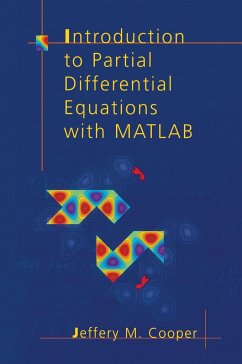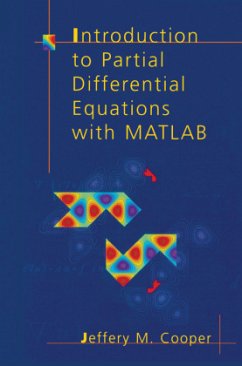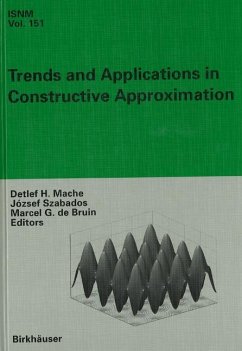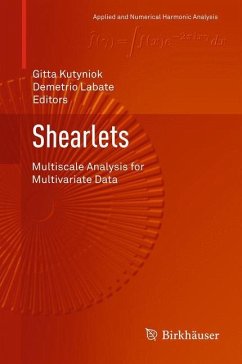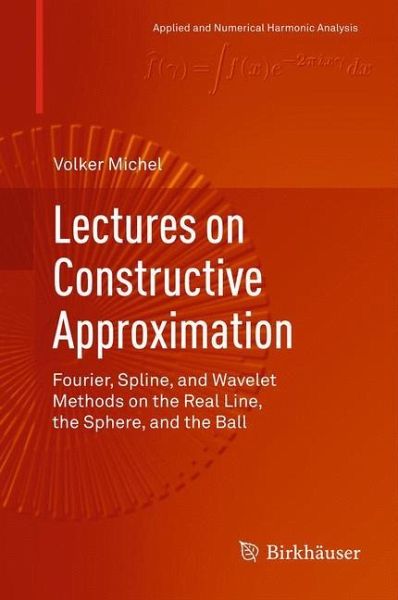
Lectures on Constructive Approximation
Fourier, Spline, and Wavelet Methods on the Real Line, the Sphere, and the Ball

PAYBACK Punkte
30 °P sammeln!
Lectures on Constructive Approximation: Fourier, Spline, and Wavelet Methods on the Real Line, the Sphere, and the Ball focuses on spherical problems as they occur in the geosciences and medical imaging. It comprises the author's lectures on classical approximation methods based on orthogonal polynomials and selected modern tools such as splines and wavelets.Methods for approximating functions on the real line are treated first, as they provide the foundations for the methods on the sphere and the ball and are useful for the analysis of time-dependent (spherical) problems. The author then exam...
Lectures on Constructive Approximation: Fourier, Spline, and Wavelet Methods on the Real Line, the Sphere, and the Ball focuses on spherical problems as they occur in the geosciences and medical imaging. It comprises the author's lectures on classical approximation methods based on orthogonal polynomials and selected modern tools such as splines and wavelets.
Methods for approximating functions on the real line are treated first, as they provide the foundations for the methods on the sphere and the ball and are useful for the analysis of time-dependent (spherical) problems. The author then examines the transfer of these spherical methods to problems on the ball, such as the modeling of the Earth's or the brain's interior. Specific topics covered include:
the advantages and disadvantages of Fourier, spline, and wavelet methods
theory and numerics of orthogonal polynomials on intervals, spheres, and balls
cubic splines and splines based on reproducing kernels
multiresolution analysis using wavelets and scaling functions
This textbook is written for students in mathematics, physics, engineering, and the geosciences who have a basic background in analysis and linear algebra. The work may also be suitable as a self-study resource for researchers in the above-mentioned fields.
Methods for approximating functions on the real line are treated first, as they provide the foundations for the methods on the sphere and the ball and are useful for the analysis of time-dependent (spherical) problems. The author then examines the transfer of these spherical methods to problems on the ball, such as the modeling of the Earth's or the brain's interior. Specific topics covered include:
the advantages and disadvantages of Fourier, spline, and wavelet methods
theory and numerics of orthogonal polynomials on intervals, spheres, and balls
cubic splines and splines based on reproducing kernels
multiresolution analysis using wavelets and scaling functions
This textbook is written for students in mathematics, physics, engineering, and the geosciences who have a basic background in analysis and linear algebra. The work may also be suitable as a self-study resource for researchers in the above-mentioned fields.





